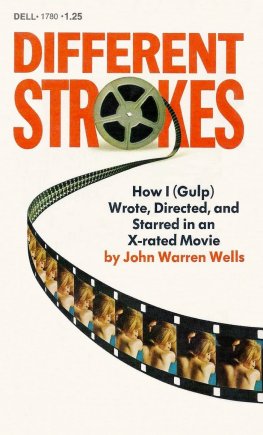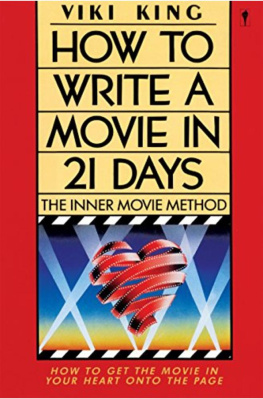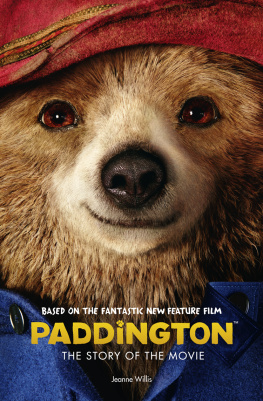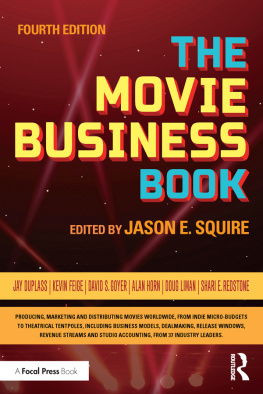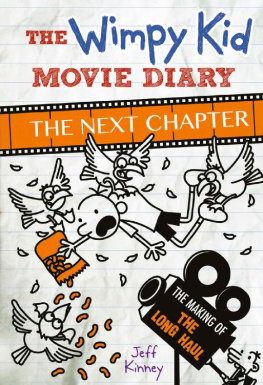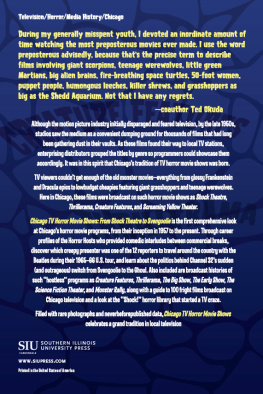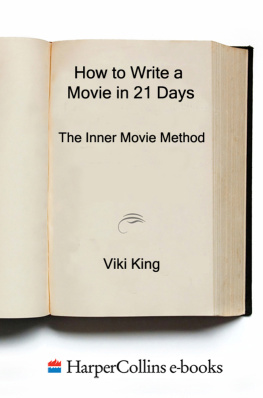Robert Morris Seiler - Reel Time: Movie Exhibitors and Movie Audiences in Prairie Canada, 1896 to 1986
Here you can read online Robert Morris Seiler - Reel Time: Movie Exhibitors and Movie Audiences in Prairie Canada, 1896 to 1986 full text of the book (entire story) in english for free. Download pdf and epub, get meaning, cover and reviews about this ebook. publisher: Athabasca University Press, genre: Politics. Description of the work, (preface) as well as reviews are available. Best literature library LitArk.com created for fans of good reading and offers a wide selection of genres:
Romance novel
Science fiction
Adventure
Detective
Science
History
Home and family
Prose
Art
Politics
Computer
Non-fiction
Religion
Business
Children
Humor
Choose a favorite category and find really read worthwhile books. Enjoy immersion in the world of imagination, feel the emotions of the characters or learn something new for yourself, make an fascinating discovery.

- Book:Reel Time: Movie Exhibitors and Movie Audiences in Prairie Canada, 1896 to 1986
- Author:
- Publisher:Athabasca University Press
- Genre:
- Rating:5 / 5
- Favourites:Add to favourites
- Your mark:
Reel Time: Movie Exhibitors and Movie Audiences in Prairie Canada, 1896 to 1986: summary, description and annotation
We offer to read an annotation, description, summary or preface (depends on what the author of the book "Reel Time: Movie Exhibitors and Movie Audiences in Prairie Canada, 1896 to 1986" wrote himself). If you haven't found the necessary information about the book — write in the comments, we will try to find it.
In this authoritative work, Seiler and Seiler argues that the
establishment and development of moviegoing and movie exhibition in
Prairie Canada is best understood in the context of changing
late-nineteenth-century and early-twentieth-century social, economic,
and technological developments. From the first entrepreneurs who
attempted to lure customers in to movie exhibition halls, to the
digital revolution and its impact on moviegoing, Reel Time
highlights the pivotal role of amusement venues in shaping the leisure
activities of working- and middle-class people across North
America.
As marketing efforts, the lavish interiors of the movie palace and
the romantic view of the local movie theatre concealed a competitive
environment in which producers, exhibitors, and distributors tried to
monopolize the industry and drive their rivals out of business. The
pitched battles and power struggles between national movie theatre
chains took place at the same time that movie exhibitors launched
campaigns to reassure moviegoers that theatres were no longer the
unclean and immoral places of amusement of yesteryear.
Under the leadership of impresarios, the movie theatre rose up from
these attacks to become an important social and cultural centre -
one deemed suitable for women and children.
An innovative examination of moviegoing as a social practice and
movie exhibition as a commercial enterprise, Reel Time depicts
how the industry shaped the development of the Canadian Prairie West
and propelled the region into the modern era.
Robert M. Seiler is associate professor emeritus in
communication and culture at the University of Calgary. Tamara
P. Seiler is professor emeritus of Canadian studies at the
University of Calgary. Reel Time is their second joint
publication.
Robert Morris Seiler: author's other books
Who wrote Reel Time: Movie Exhibitors and Movie Audiences in Prairie Canada, 1896 to 1986? Find out the surname, the name of the author of the book and a list of all author's works by series.

